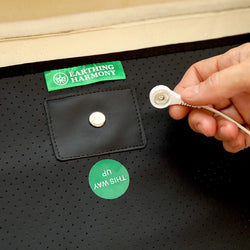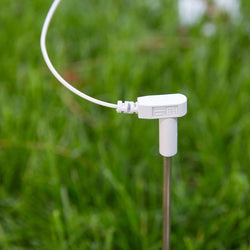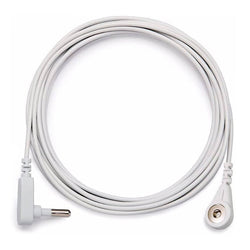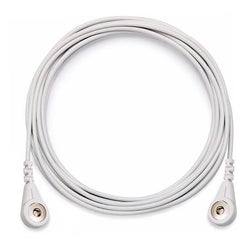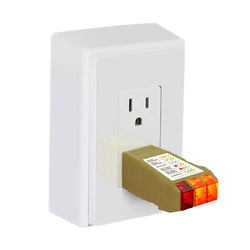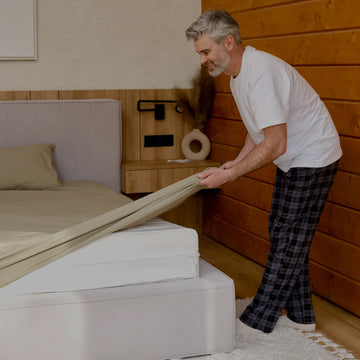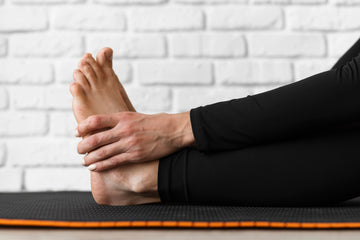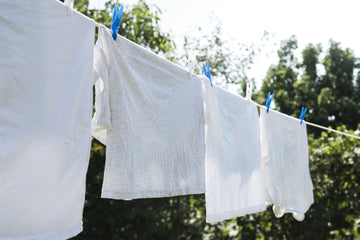In recent years, natural wellness solutions have taken center stage in the health world. One fascinating trend making waves is the use of grounding products, especially grounding sheets. As more of us explore the connection between the Earth and human health, the demand for high-quality grounding bed sheets has surged.
Grounding sheets, also called earthing sheets, are specialized bed sheets designed to connect your body to the Earth’s energy while you sleep. They offer a convenient way to practice grounding indoors by mimicking the effect of walking barefoot on natural surfaces.

But here’s the catch: the materials used in these bed sheets matter a lot. The type of conductive material, base fabric, and even stitching can affect conductivity, comfort, and durability. Choosing the right sheet is more than just picking something soft; it’s about ensuring an effective grounding connection.
In this Earthing Harmony guide, we’ll explore what grounding sheets are made of, how they work, and what makes some better than others. You’ll learn about silver threads, organic cotton, the science of conductivity, and how to choose and care for the best grounding bed sheet for your needs.
What Are Grounding Sheets?
A Quick Overview of Grounding and Earthing
Grounding, also known as earthing, is the practice of connecting the human body directly to the Earth’s surface. The Earth carries a mild negative electrical charge full of beneficial electrons. When we make direct contact with the Earth—like walking barefoot on grass or sand—our bodies absorb these free electrons, which may help neutralize free radicals and support overall well being.

Earthing sheets bring that natural connection indoors. Made with conductive materials, they plug into a grounding port and allow us to experience grounding benefits throughout the night. For many of us, this offers a powerful way to reduce stress, improve sleep quality, and support better overall health.
How Grounding Sheets Work
Grounding sheets are designed with conductive threads, most often silver threads, woven into a soft base fabric like cotton. These threads are connected to the Earth using a grounding cord that plugs into a wall outlet’s grounding port or a dedicated grounding rod placed in the soil outside.
The sheet forms a conductive path between your body and the Earth’s energy. When your bare skin or direct skin contact touches the sheet, beneficial electrons flow through the conductive material, creating a grounding effect. Studies suggest this can help reduce inflammation, balance cortisol, and lead to a good night’s sleep.
Core Materials Used in Grounding Sheets
![]()
1. Conductive Silver Threads
Silver is the most commonly used conductive material in grounding sheets, and for good reason:
-
High conductivity: Silver conducts electricity extremely well, allowing free electrons from the Earth to flow efficiently to the human body.
-
Antimicrobial properties: Silver is naturally resistant to bacteria and microbes, helping keep your grounding bed sheet fresher longer.
-
Durability: With proper care, silver threads maintain their conductive properties for years.
High-quality Earthing Harmony sheets typically contain at least 5% silver fibers interwoven with base fabric. While more silver might seem better, the placement and weave pattern matter just as much as the amount.
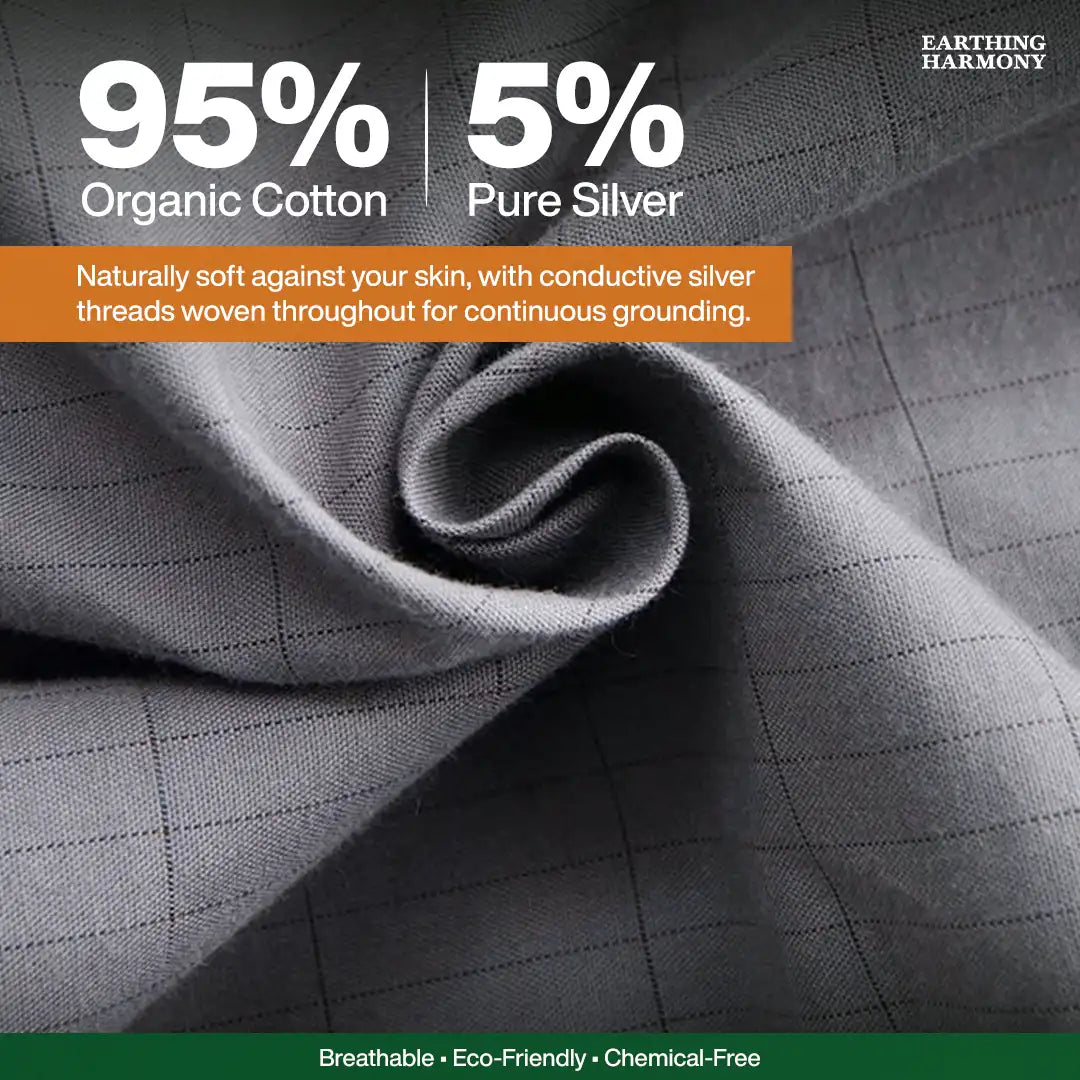
Compared to other conductive materials, silver threads strike the perfect balance between safety, performance, and longevity.
2. Base Fabric: Cotton or Organic Cotton
Most grounding bed sheets use cotton as the base material. Cotton is beloved for its:
-
Softness and breathability: Essential for sleep comfort.
-
Hypoallergenic nature: Suitable for sensitive skin.
Organic cotton is an even better option. It is:
-
Eco-friendly: Grown without harsh chemicals or pesticides.
-
Gentler on the skin: Especially for people with allergies or sensitivities.
-
Durable: Organic weaves tend to be stronger and longer-lasting.
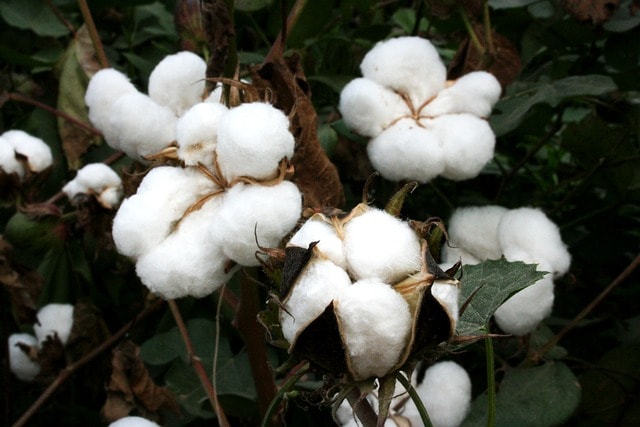
Whether you choose conventional or organic cotton, the weave and thread count influence how the sheet feels against your skin and how effectively it delivers grounding benefits.
3. Other Possible Conductive Materials
Although silver is the gold standard, other conductive materials occasionally show up:
-
Carbon: More common in grounding mats than grounding bed sheets. Conductive but not as soft or durable as silver-threaded fabrics.
-
Copper: Rare in textiles due to skin sensitivity and oxidation issues.
-
Stainless steel: Sometimes used, but lacks the softness and flexibility of silver.
These alternatives can work, but they typically lack the comfort, conductivity, or safety profile needed for regular bed sheets.
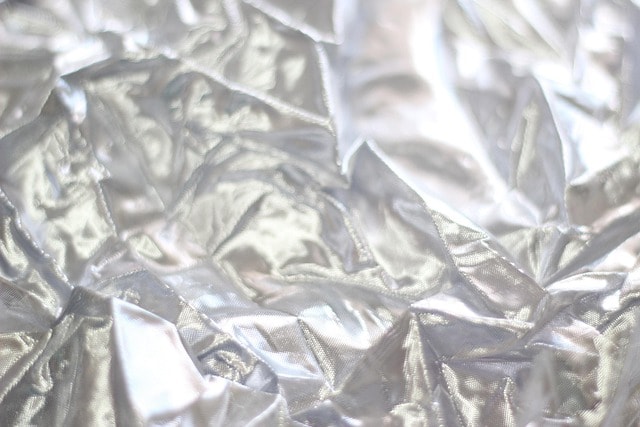
4. Elastic and Threading Components
Fitted earthing sheets and half sheets often include non-conductive materials like elastic bands and polyester stitching. These components:
-
Help the sheet stay securely in place
-
Don’t interfere with conductivity as long as the conductive parts make direct contact with your skin
-
Add durability and shape retention

Though they aren’t part of the grounding connection, these elements are key to the overall user experience.
Why Material Composition Matters
Impact on Conductivity
Grounding is only effective if the sheet can carry Earth's energy from the grounding cord to your body. That’s where conductive silver comes in. The higher the quality of the silver threads, the better the conductivity.
Cheaper grounding bed sheets may skimp on silver content or use a poor weave, reducing effectiveness. Always look for clear specifications on conductive properties.
Comfort and Skin Contact

Comfort is essential for long-term use. The best earthing sheets balance soft, breathable cotton with conductive silver. For grounding sheets to work, they require bare skin contact, typically on legs, arms, or feet.
Poorly made sheets may feel stiff, itchy, or trap body sweat, reducing overall well being and interrupting restful, restorative sleep.
Durability and Care Requirements
Silver is delicate. Over time, exposure to:
-
Bleach
-
Fabric softener
-
Harsh chemicals
...can degrade the conductivity of your sheet. To maintain performance:
-
Wash with mild detergent in warm water
-
Air dry or tumble dry on low
-
Avoid bleach and fabric softeners
Proper care ensures your grounding connection stays strong over time.
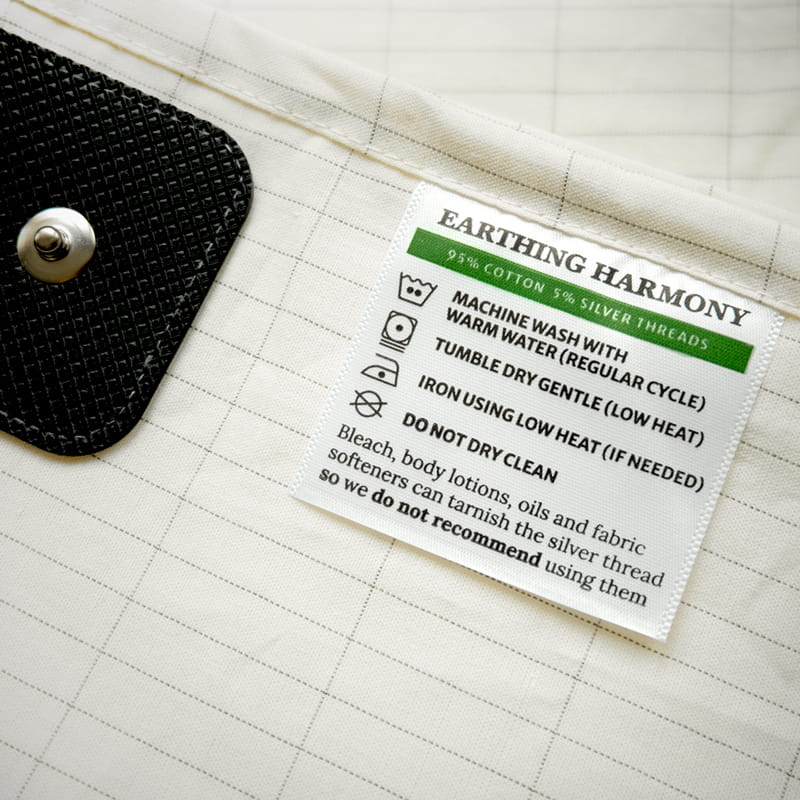
Behind the Science: How Materials Facilitate Grounding
The Role of Conductive Materials in Grounding
Conductive threads like silver form a bridge between your body and the Earth’s natural energy. When connected to a grounding port or grounding rod, the circuit allows free electrons to pass from the Earth to your skin, helping reduce inflammation and support grounding therapy.
It’s similar to the experience of walking barefoot on grass or barefoot earthing shoes. Your body absorbs these electrons, which can:
-
Neutralize free radicals
-
Support wound healing
-
Improve energy levels

Published Research on Grounding Sheets
Several studies have explored the health benefits of grounding bed sheets:
-
A study published in the Journal of Environmental and Public Health found that grounding reduced cortisol levels and improved sleep quality.
-
Another study reported decreased pain and inflammation among subjects sleeping on grounded sheets.
These findings highlight the potential of conductive silver and organic cotton in delivering real-world wellness benefits.
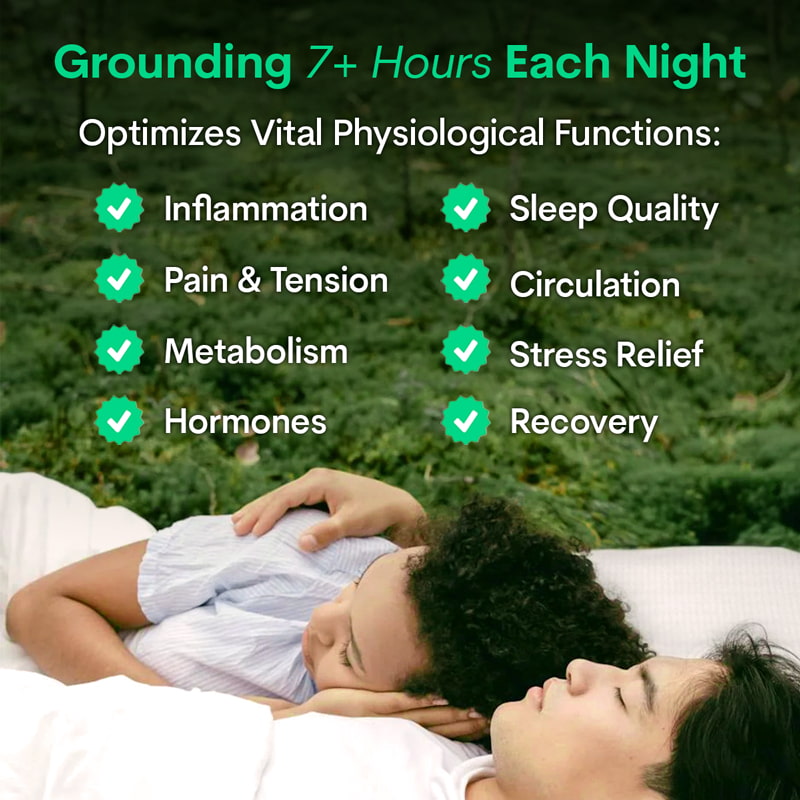
Expert Insights
Dr. Gaetan Chevalier, a physicist and grounding researcher, explains: “When conductive materials like silver are in direct contact with the skin and connected to the Earth, the grounding effect can help balance electrical charges in the human body, reduce stress, and support overall well being."
Comparing Grounding Sheet Materials
Silver vs. Carbon vs. Copper
|
Material |
Conductivity |
Skin Safety |
Durability |
Cost |
|---|---|---|---|---|
|
Silver Threads |
Excellent |
Excellent |
High |
Premium |
|
Carbon |
Good |
Good |
Medium |
Moderate |
|
Copper |
High |
Can irritate |
Low |
Low |
Silver wins for overall performance in grounding bed sheets.
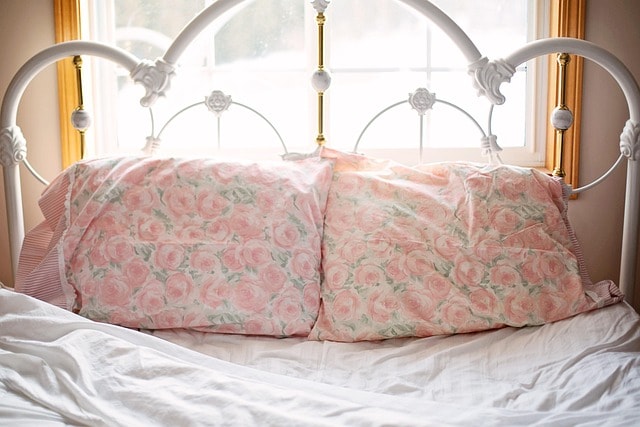
Organic vs. Conventional Cotton
-
Organic Cotton:
-
Environmentally friendly
-
Hypoallergenic
-
Chemical-free
-
-
Conventional Cotton:
-
Affordable
-
May contain residues of pesticides or harsh chemicals
-
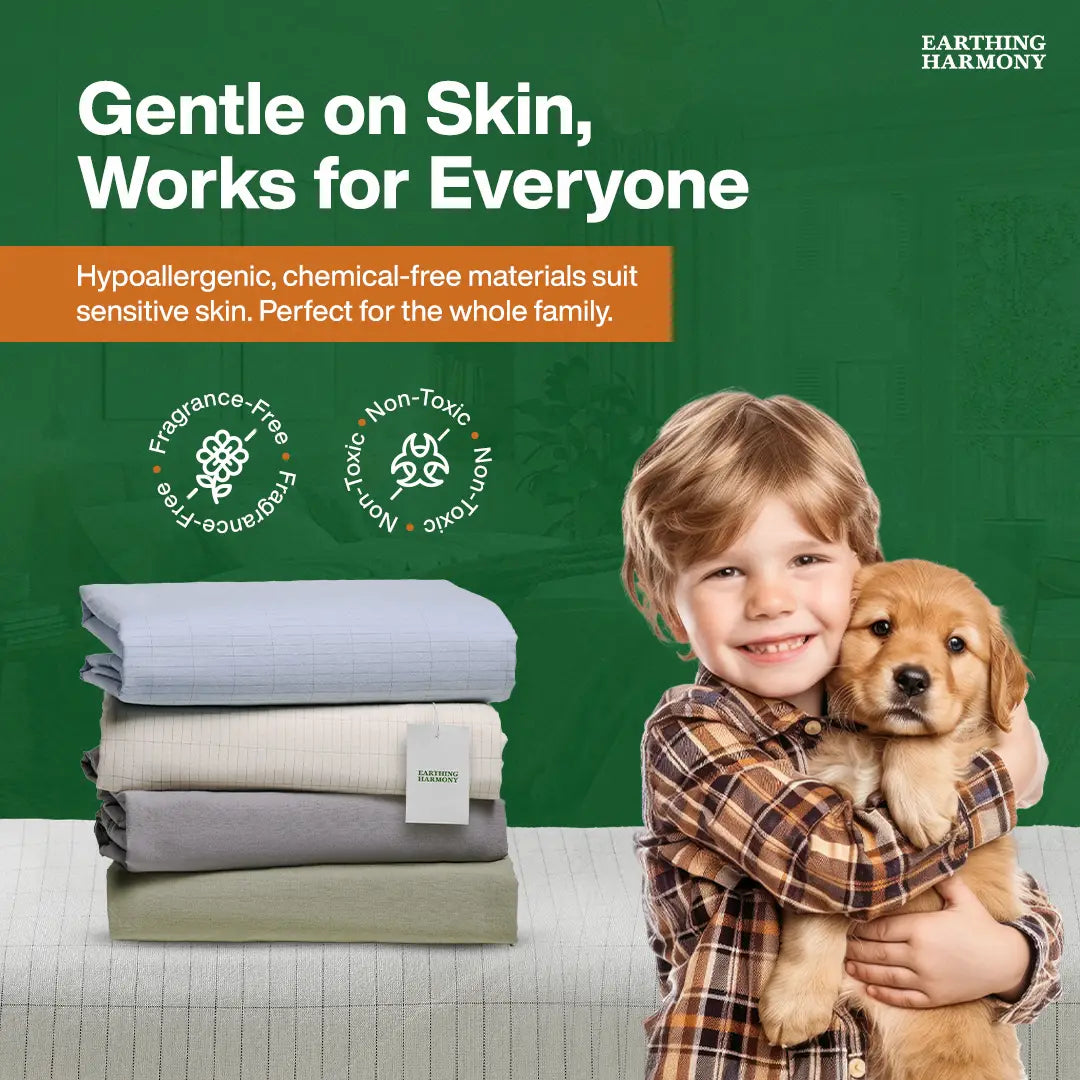
Budget vs. Premium Products
Budget grounding sheets may cut corners:
-
Low silver content
-
Vague product labels
-
Poor conductivity
Premium Earthing Harmony grounding sheets include:
-
Pure silver threads
-
Transparent labelling
-
Better durability and comfort
How to Identify High-Quality Grounding Sheets

Material Transparency
Look for brands that disclose:
-
Silver content percentage
-
Type of cotton (organic or not)
-
Certifications (e.g., OEKO-TEX)
Testing Conductivity
You can test if your grounding sheets work using:
-
A multimeter

Many premium brands provide videos showing how to test grounding connection at home.
Reading Product Labels
Key phrases to look for:
-
“100% organic cotton”
-
“Woven with conductive silver threads”
Red flags:
-
No mention of silver
-
Vague claims about conductivity
Caring for Your Grounding Sheets
Washing Guidelines to Preserve Conductivity
-
Use mild detergent
-
Wash in warm water, not hot
-
Avoid:
-
Bleach
-
Fabric softener
-
Dryer sheet
-
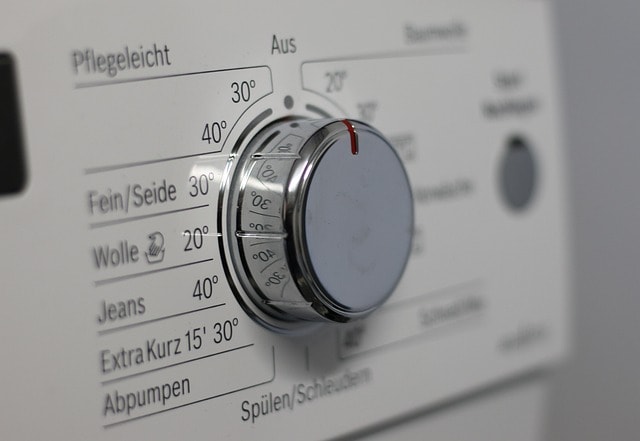
Storage and Daily Use Tips
-
Store sheets loosely folded to prevent thread breakage
-
Avoid excessive stretching
-
Test grounding regularly using a continuity tester
Common Myths About Grounding Sheet Materials
“More Silver Is Always Better”
Reality: It’s about weave pattern and placement, not just the amount. Even 5% silver can offer strong conductivity if woven correctly.
“All Cotton Is the Same”
Reality: Organic cotton is softer, safer for sensitive skin, and more durable than regular cotton sheets.

“If It Looks Like a Regular Sheet, It Works Like One”
Reality: Regular sheet fabric lacks conductive properties. Only sheets with silver threads or other conductive materials create a grounding connection.
The Power of Quality Materials in Grounding Sheets
Understanding what grounding sheets are made of is essential to getting real grounding benefits. The synergy between conductive silver, organic cotton, and thoughtful design makes all the difference.
Grounding sheets are more than just bed sheets; they are wellness tools backed by science and trusted by the scientific community. When you invest in high-quality materials and follow proper care, you give yourself the best chance at improved sleep, reduced inflammation, and overall well being.
Ready to experience the difference for yourself?
Explore our collection of premium Earthing Harmony grounding sheets designed with pure silver threads and soft organic cotton.
Also check out:
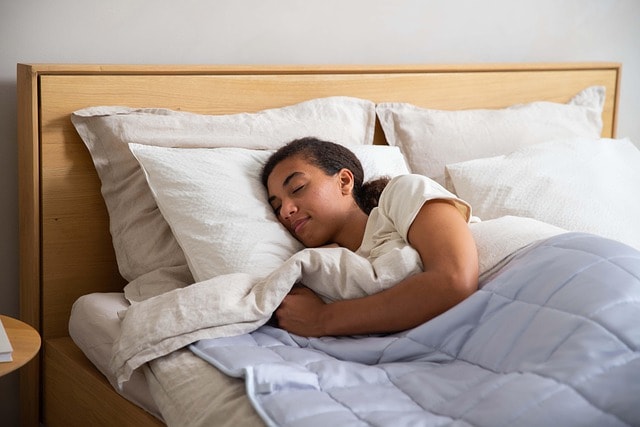
FAQs: Grounding Sheet Materials Answered
Do grounding bed sheets really work?
Many users report improved deep sleep, reduced chronic pain, and a better sleep score after using grounding sheets. These sheets connect your body to the Earth's electrical field, potentially helping with poor sleep and inflammation. However, scientific studies are mixed, and results can vary based on individual factors like lifestyle and health conditions. Some people experience noticeable changes in their sleep patterns within a few nights, while others may not notice a difference. It is also important to ensure that the grounding sheet is properly connected to a grounded outlet or rod, as improper setup can limit its effectiveness.
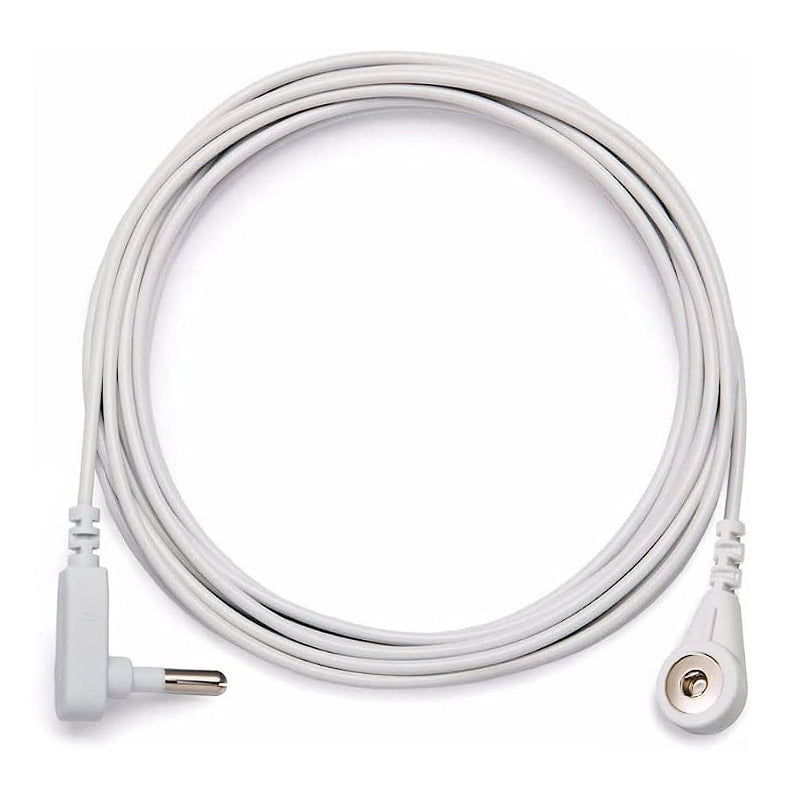
What are grounding sheets made out of?
Grounding sheets are typically made of cotton or polyester blended with conductive silver or carbon fibers. These materials allow electricity to flow between your body and the Earth when the sheet is properly connected to a grounding source. A fitted sheet or flat sheet can both serve as grounding sheets, depending on personal preference. Silver is often used because it is highly conductive and naturally antibacterial. Some grounding sheets also contain copper fibers, though they can tarnish over time. The softness and feel of the sheet can vary depending on the material blend, with high-quality sheets offering a crisp sheet texture that enhances comfort.
Are grounding sheets made with real silver?
Yes, high-quality grounding bed sheets use real silver threads woven into the fabric to ensure conductivity. Silver is one of the best electrical conductors, allowing the sheet to transfer electrons from the Earth to your body effectively. It also has antibacterial properties, which help prevent any odour build-up over time. However, the amount and quality of silver used vary between brands. Some lower-cost grounding sheets may use a lower percentage of silver, which can affect performance and durability. Over time, exposure to natural skin oils, sweat, and detergents can degrade the silver fibers, reducing conductivity.
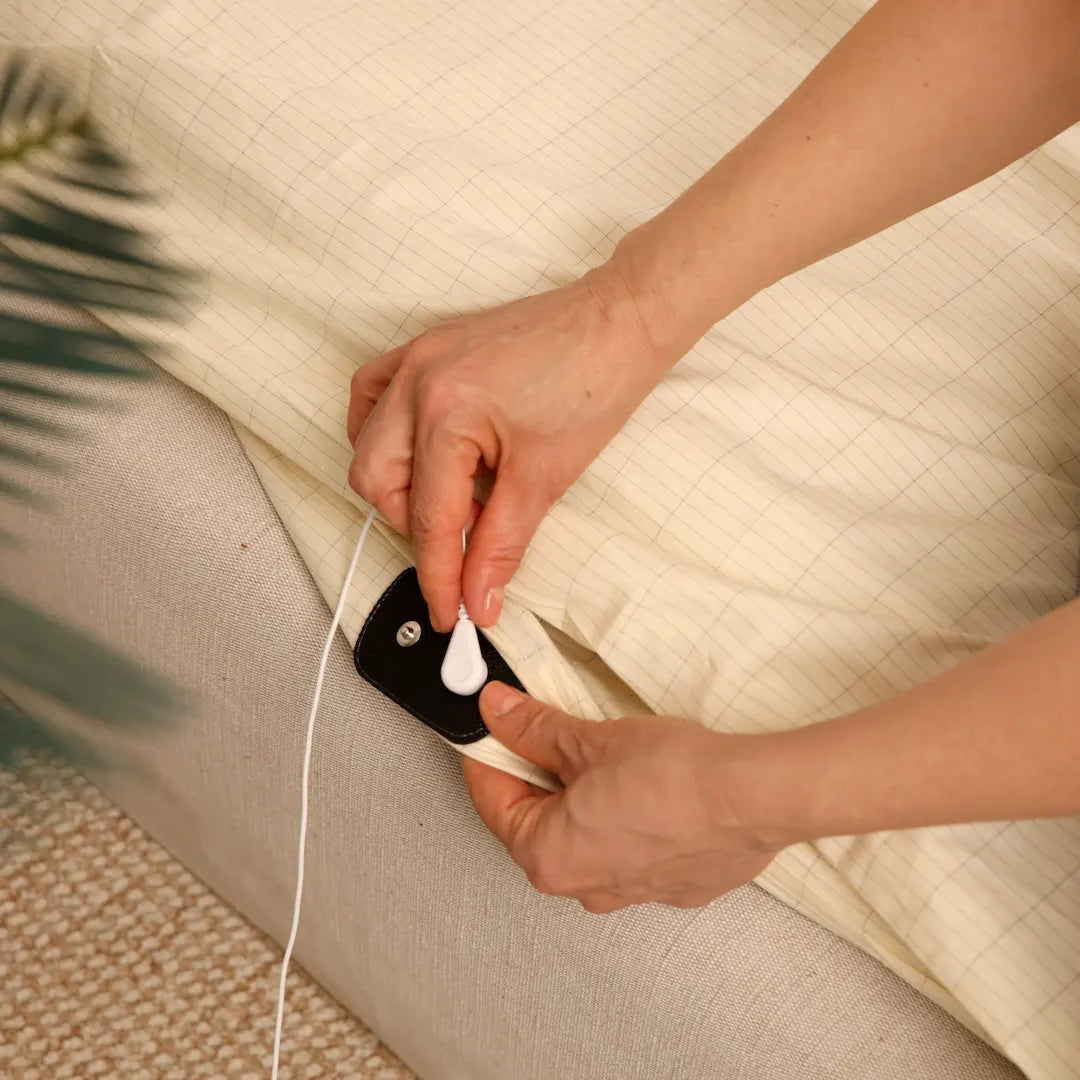
What are the disadvantages of grounding sheets?
Some disadvantages include:
-
Durability Issues – Over time, natural skin oils, sweat, and products like coconut oil can break down the conductive fibers, reducing effectiveness.
-
Maintenance – Grounding sheets require gentle washing and special care to maintain conductivity.
-
Variable Results – Not everyone experiences noticeable benefits, and some users see little improvement in poor sleep or chronic pain symptoms.
Additionally, grounding sheets must be properly grounded, or they won’t work. Some people also report mild tingling sensations when they first use them, which could be due to electrical imbalances in the body. High-quality sheets are usually more expensive, and lower-quality options may lose conductivity quickly.
What is the best material for grounding sheets?

The best grounding sheets are made from a high-quality blend of organic cotton and silver fiber. Silver is the most effective conductor and helps ensure a strong connection. A crisp sheet with a breathable fabric structure can enhance comfort while maintaining conductivity. Many prefer a fitted sheet because it stays in place better during sleep. Cotton is ideal because it is soft, breathable, and durable, making it a comfortable choice for all-night use. Some users also choose bamboo-based fabrics for their moisture-wicking properties. When selecting a grounding sheet, it’s important to consider thread count, conductivity level, and ease of care to ensure long-term effectiveness.
How long do grounding sheets last?
The lifespan of grounding sheets depends on their quality and how well they are maintained. On average, they last 1 to 3 years before their conductivity begins to weaken. Factors such as frequent washing, exposure to natural skin oils, and the use of harsh detergents can shorten their lifespan. To prolong their effectiveness, wash them with a gentle detergent, avoid bleach and fabric softeners, and air dry when possible. Checking the conductivity of the sheet regularly using a continuity tester can help ensure it is still functioning properly.
Can grounding sheets help with chronic pain?

Many users report that grounding sheets help with chronic pain, especially conditions related to inflammation, such as arthritis and muscle soreness. The theory behind grounding is that it allows the body to absorb electrons from the Earth, which can neutralize free radicals and reduce inflammation. Some people experience relief within a few nights, while others may take several weeks to notice changes. While grounding sheets are not a cure, they can be a complementary approach to pain management alongside other treatments like physical therapy and a healthy lifestyle.
Do grounding sheets help with deep sleep?
Some users notice an improvement in deep sleep when using grounding sheets, as they can help regulate cortisol levels and promote relaxation. People who struggle with poor sleep, stress, or insomnia may find that grounding helps them fall asleep faster and wake up feeling more refreshed. However, results vary depending on individual factors like overall health, sleep environment, and lifestyle habits. Using a fitted sheet ensures full-body contact with the conductive material, which can improve grounding effectiveness throughout the night.

Is organic cotton better for grounding sheets?
Yes, organic cotton is a superior choice for grounding sheets because it is softer, breathable, and free of harsh chemicals. It is gentler on the skin, making it a great option for people with sensitivities or allergies. Additionally, organic cotton is more eco-friendly, as it is grown without pesticides or synthetic fertilizers. This makes it a healthier and more sustainable choice. In terms of durability, organic cotton tends to hold up better over time, especially when washed with care. A crisp sheet made from high-quality organic cotton paired with silver fibers provides both comfort and effective grounding.
Do grounding sheets wear out over time?
Yes, grounding sheets do wear out over time, especially if they are not properly cared for. With proper maintenance, they can last for several years, but factors like frequent washing, exposure to sweat, and the use of harsh chemicals can shorten their lifespan. To extend their usability, avoid fabric softeners, bleach, and dryer sheets, as these can coat the conductive fibers and reduce effectiveness. Natural skin oils and products like coconut oil can also accumulate on the fabric, which may require more frequent gentle washing. Checking the sheet’s conductivity regularly using a continuity tester can help determine if it is still functioning properly.
Can I make a grounding sheet at home with conductive fabric?
Yes, it is possible to make a DIY grounding sheet, but the effectiveness depends on the materials used and proper grounding. You will need conductive silver fabric, a grounding cord, and a connection to an Earth-grounded outlet or grounding rod.
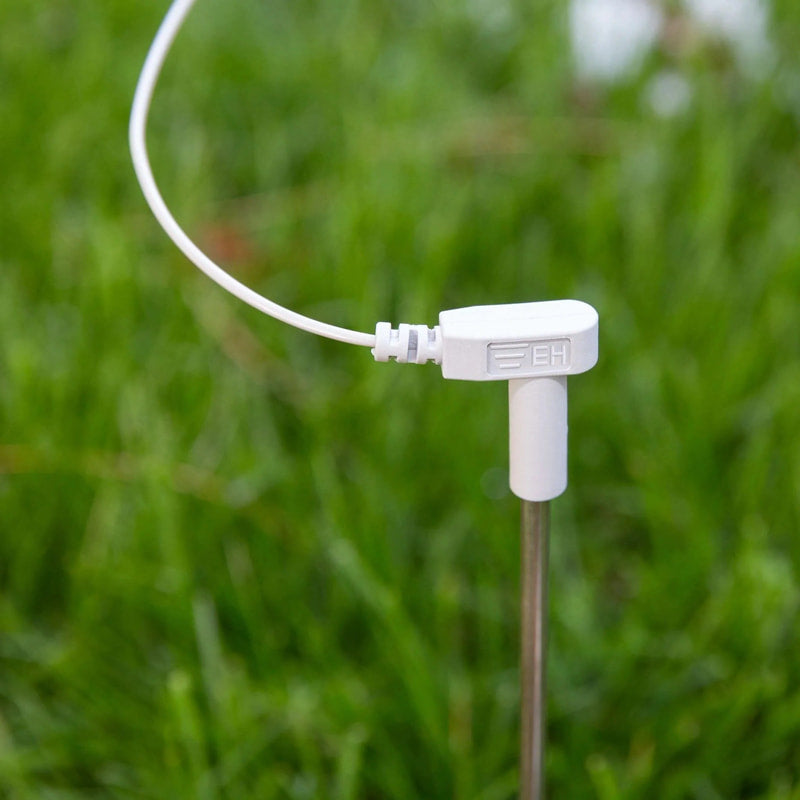
While homemade grounding sheets can work, they may not be as durable or effective as professionally made ones. It is also important to ensure that the conductivity of the fabric remains intact after washing. Some DIY users find that their homemade sheets degrade more quickly or do not provide the same level of grounding benefits as store-bought options.
What’s the difference between grounding sheets and grounding mats in terms of materials?
Grounding sheets and grounding mats serve similar functions but use different materials and designs. Grounding sheets are made from a blend of cotton and silver threads, offering a soft, breathable, and comfortable sleeping surface. In contrast, grounding mats are usually made from carbon-infused rubber or vinyl, which is more durable but not as comfortable for sleeping.
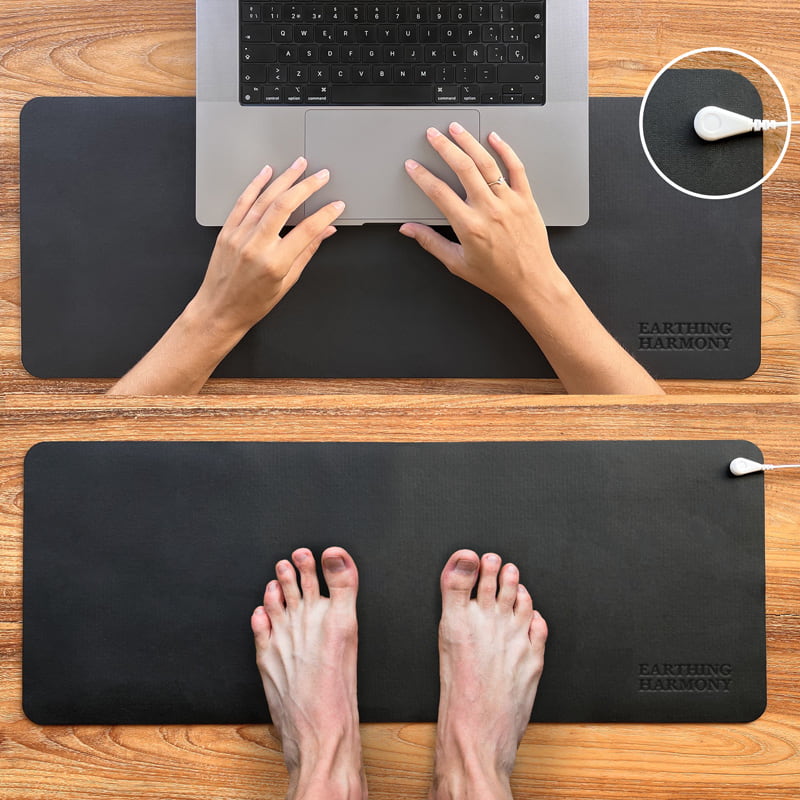
Mats are often used under feet while working or under a mattress, whereas sheets provide full-body contact throughout the night. While mats may last longer due to their rugged material, grounding sheets offer the added benefit of deep sleep comfort while still maintaining conductivity.
Are you ready to improve your sleep and boost your overall health and wellbeing already today?
Experience the benefits of Earthing Harmony Grounding Sheets and Pillowcases and take your sleep to the next level. Designed with high-quality organic cotton and conductive silver fibers, these sheets help you reconnect with the Earth's natural energy for deeper sleep, reduced stress, and relief from chronic pain. Say goodbye to poor sleep and wake up feeling refreshed and recharged. Whether you choose a fitted sheet or flat sheet, our grounding products provide maximum comfort and effectiveness.
Don't wait—invest in your health and well-being today. Shop now and start sleeping grounded!

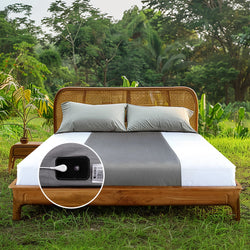


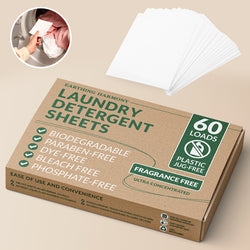

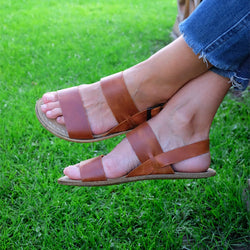
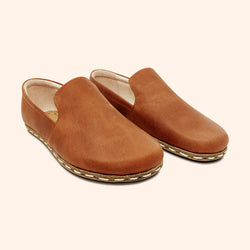 Shoes
Shoes
 Boots
Boots
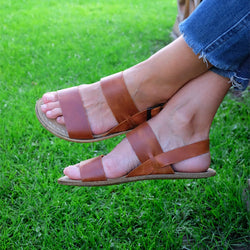 Sandals
Sandals
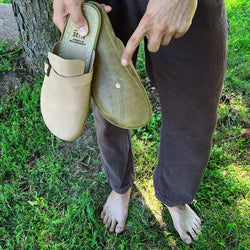
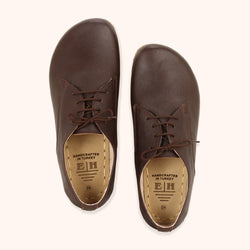 Shoes
Shoes
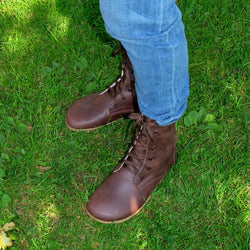 Boots
Boots
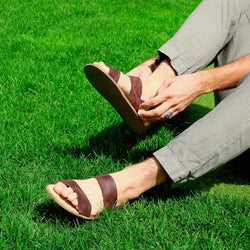 Sandals
Sandals

